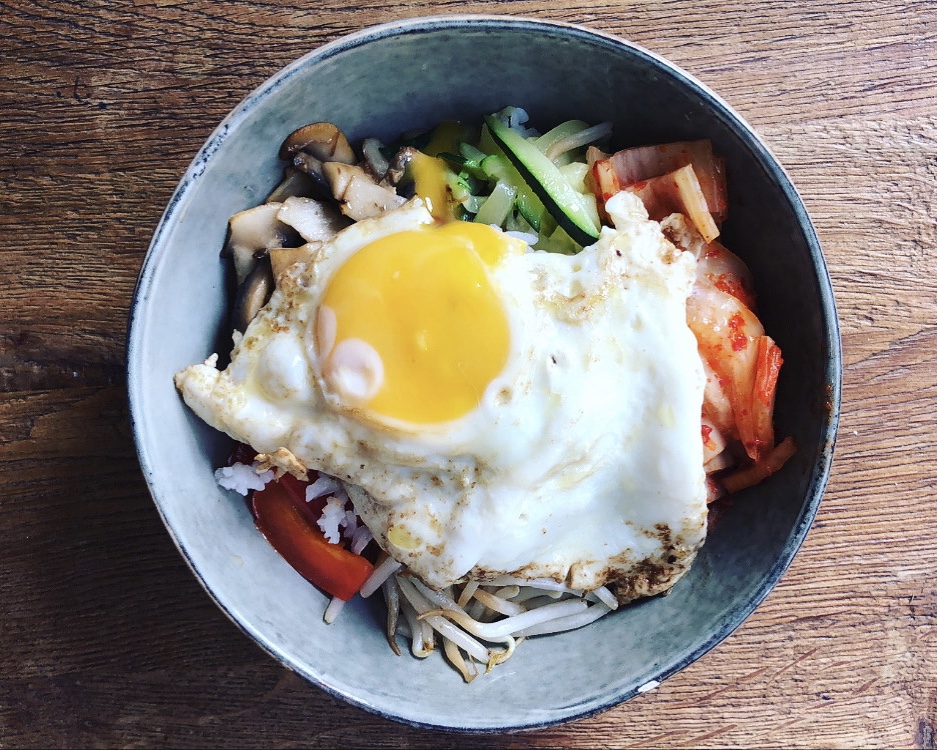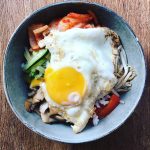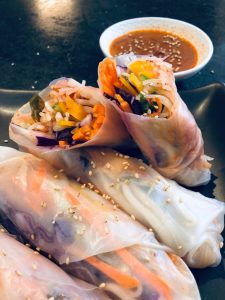
Soju en kimchi: de perfecte match
Soju en Kimchi zijn twee iconische Koreaanse producten die al eeuwenlang samen worden genoten. De

I usually associate ‘comfort food’ with me holding a bowl of rice food, snuggling on the couch and watching Netflix all night. And I would be using only one utensil, like either a spoon or a fork. I don’t know if that’s a universal image of comfort food, but for me, it HAS to be a bowl and it HAS to be a rice dish. The winner of all comfort foods for me has to be kimchi bibimbap.
I remember when my mom wouldn’t have time to cook us a full-blown meal, she would quickly stir-fry some vegetables, top it up on some rice, add an egg, and finished it off with a dollop of butter. If I have to describe the flavor of that bibimbap right now, I would fail miserably. I can only describe the joy I felt every time I would take a spoonful of kimchi butter bibimbap. It was magical, it was musical, it was magnificent, it was unbelievable!
I’ve never seen anyone add butter to their bibimbap, or any other Korean food for that matter. It’s not controversial in any Korean cuisines to use butter. I mean, when I was younger, it was even difficult to find plain yogurt in Korea, let alone for butter to be readily accessible as a “normal” ingredient to be used in foods. But the mixing of cultures in food gives birth to magical flavors. And this is why I’m here to share my multicultural food experiences with you.

Ingredients:
Stir-Frying Paprika

Soju en Kimchi zijn twee iconische Koreaanse producten die al eeuwenlang samen worden genoten. De

Korean Seasoned Fried Chicken (KsFC) Als je Koreaanse gekruide gebakken kip (KFC) nog niet hebt

Kimchi springrolls met Gochujang pindakaas Dipsaus De lente hangt in de lucht, je kunt het

Vegan Kimchi Mandu (Steamed) ft. Chilli Chan’s Dumpling Sauce Vakanties in Korea betekende altijd veel